Many people who live in Connecticut have expressed a desire to spend as many hours as they can outside appreciating nature. While jogging or riding a bike around the block can be a fun way to burn calories and enjoy some fresh air, growing a garden is a rewarding way to work the body and mind simultaneously. Gardening requires mental and physical effort and the opportunity to shape and create magnificent landscapes in one’s backyard.
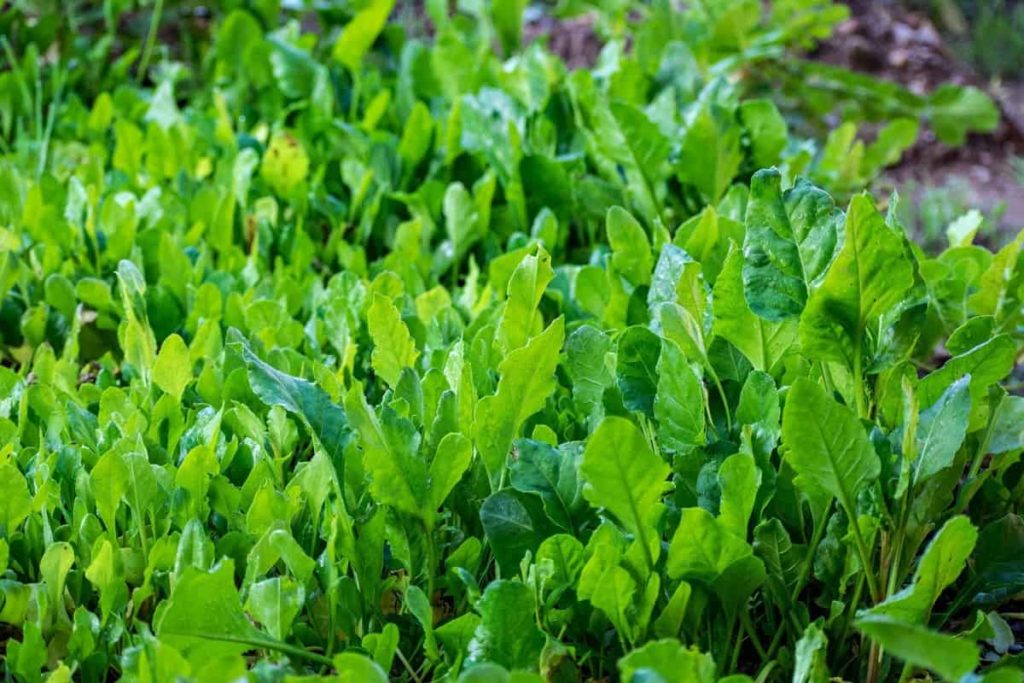
When planting a garden for the first time, it might be challenging to know where to start. See the planting schedule below to find out what you should be growing now. Below we learn the CT vegetable planting calendar, what zones Connecticut is for planting when to plant different vegetables in CT, and month-by-month planting schedules for different vegetables to grow in different seasons in CT.
Connecticut vegetable planting calendar (CT)
When should I plant my garden in CT?
Connecticut’s chilly and snowy winters make easy planting impossible throughout the year. Planting should occur during the frost-free growing season, which typically begins in early May and continues until mid-October. You can offer your plants a greater chance at success by planting during this time of year when frost and frozen soil are less likely to be a problem. Spring is the busiest season for gardeners, and with good reason. After being cooped up inside for months, residents are eager to get their yards back in shape.
When should I start seeds in CT?
Just before the last frost is predicted to occur, plant fresh seedlings; in most Connecticut gardens, this would be around the latter week of March or the first week of April, to give you an idea. Use a pot with a two-inch-wide opening and seed-starting soil to plant two seeds. The seed starting mix facilitates rapid and trouble-free seed germination compared to traditional potting soil. A heating pad may be placed under the pots to fasten the germination process.
After germination, seedlings need 16-hour-a-day to grow lamps. Fluorescent T-5 or T-8 lights are ideal for plant growth because of their low energy consumption, cheap cost, and long lifetime. Keep the bulbs at a level 4 inches below the rim of the pots as the plants grow. If you have two tomato seedlings, for example, and only one has produced proper leaves, you should eliminate the weaker one. Give the seedlings a little brush with your hand daily to help them grow strong and healthy.
In case you missed it: Tomato Farming Guide for Beginners: Production Techniques, Process, and Steps
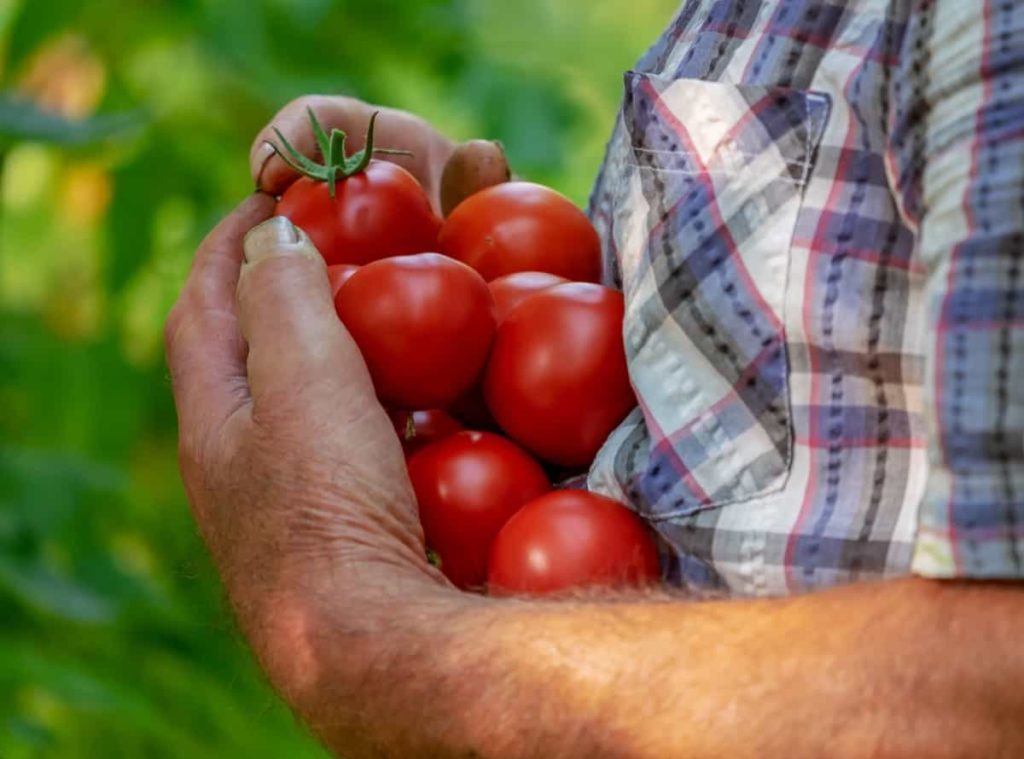
The action leads to a shorter, thicker stem. When the height of your seedlings has quadrupled, it is time to move them to a bigger container filled with organic potting soil. Grow the seedlings by increasing the height of the lights to 6 inches over their heads. One week before planting outside, begin gradually exposing the seedlings to outdoor environments by leaving them out overnight.
What are the best vegetables to grow in Connecticut?
Almost every sort of vegetable you can think of can be grown in the Connecticut climate. Following these tips, your Connecticut garden can have locally grown, seasonal vegetables all year. We’re writing this with Connecticut gardeners in mind, but anybody in USDA hardiness zones 5 or 6 may benefit from the information. Cabbage is easy to produce, versatile, and can be grown year-round.
They flourish until the ground is frozen, with peak performance occurring in early spring and late fall. In addition to being excellent winter crops, leafy greens such as lettuce, mustard, and collard can be planted in early September or just before frost for a late-fall harvest. Squash has a lengthy growth season and does well in generally mild temperatures, making Connecticut an excellent site for producing squash. Vegetables like asparagus and other biennials do well in Connecticut’s environment.
Asparagus can be started from cuttings for the next year or seeded for a harvest two years later. You’ll get a new harvest yearly if you alternate years of planting asparagus seeds or seedlings. Large, juicy red tomatoes from short-season tomatoes will be available all summer. Cherry tomatoes are a secure option because of their adaptability to various climates and ability to provide a reliable harvest despite frost damage.
Planting root vegetables in your Connecticut garden will give you some of the greatest results and highest yields possible. This group includes root vegetables, carrots, beets, radishes, and turnips, among other similar veggies. Because of their natural resistance to diseases, even new gardeners can reap the benefits of cultivating these vegetables.
If you have the space and the sunshine, sweet corn will thrive in the Connecticut soil. Introduce faster-growing maize varieties if at all possible. The sweet corn developed from the Marai strain is delicious, disease-resistant, and a top pick. Since this mix is gaining popularity rapidly, it can be easily located with a web search. Growing eggplant is much fun and can even survive our milder summers in Connecticut. Egg-shaped white and robust black eggplants are only two of the wide varieties available.
Growing zones of CT
Do you want to find out what climatic zones exist in Connecticut and how to grow appropriately? Most of Connecticut has the cold winters and hot, humid summers characteristic of the humid continental climate. The average annual snowfall in the state is between 35 and 45 inches, while the average January temperature is approximately 26 degrees. Precipitation averages 75 inches per year in the Pacific Northwest. The south and coast have hot summers similar to the east coast but mild winters with little chance of snow.
Climate zones 5b through 7a support plant growth in Connecticut. Before beginning garden design or planting, familiarizing oneself with the local Connecticut growing zones is crucial. The clickable map makes pinpointing your exact Connecticut planting zone a breeze. A better-informed decision on what to plant may then be made. The planting zone may help you figure out when the normal first and last frosts occur in your location, which is crucial information for effective planting.
In case you missed it: Oklahoma Vegetable Planting Calendar (OK): Month Wise for Fall, Spring, Summer, Winter, Zone 6, Zone 7, and Zone 8
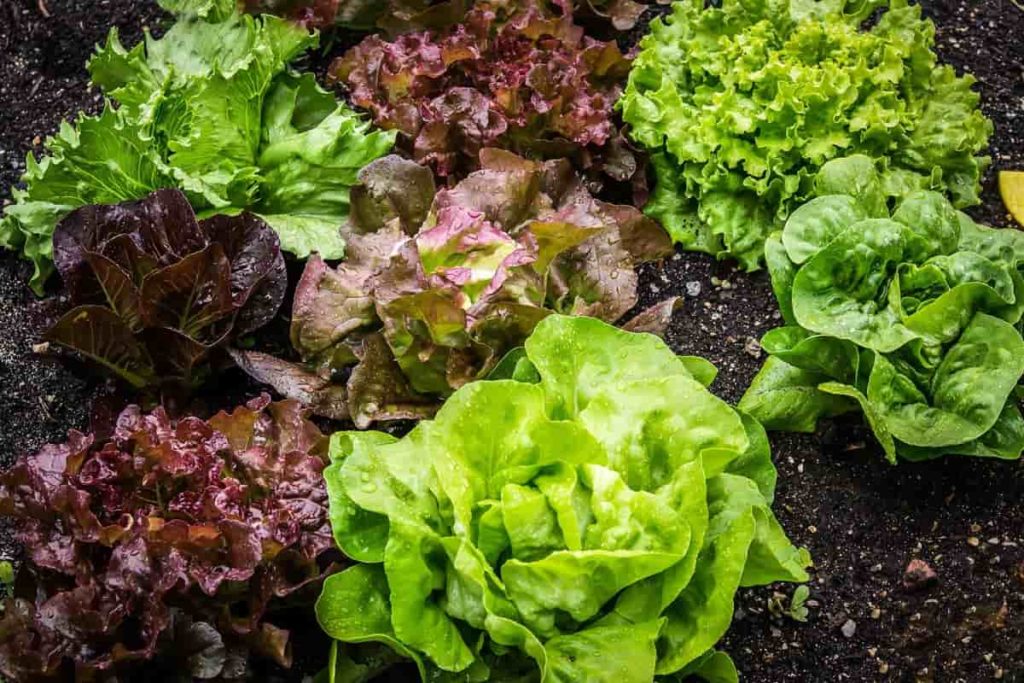
The key to a successful garden that lasts throughout the season is knowing which flowers, shrubs, fruits, and vegetables will flourish in your location. Root vegetables thrive in the Connecticut climate. Carrots, turnips, radishes, and beets are all excellent choices that won’t harm your health. After the frost threat passes, you can plant tomatoes. Some of the state’s best-growing flowers are daylilies, coleus, iris gladiola cannas, daisies, and red creeping thyme.
When should I plant seeds indoors in CT?
Start your annual vegetable seeds for optimal success approximately six weeks before your final frost. In many cases, the date you must have your seeds germinated within a warm, humid environment is printed on the seed packaging. It may advise, “start within eight weeks before the final estimated frost date in your location.”
What fruits and vegetables can grow in Connecticut?
Vegetables and fruits suitable for Connecticut backyard gardens include broccoli, brussels sprouts, apples, arugula, blueberries, cabbage, asparagus, basil, beets, cantaloupes, cauliflower, celery, cranberries, cucumbers, eggplants, chard, cherries, corn, fennel, garlic, grapes, green beans, lettuce, peaches, pears, green onions, kale, kohlrabi, herbs, melons, mint.
What vegetables can I plant now in CT?
Summer gardening in Connecticut state
Most plants don’t thrive in the summer’s high heat and dry soil, but with some additional Care, you can still get some good planting. Petunias and marigolds flourish in the sun. Begonias are good early-summer plants. You should sow your seeds at night or on overcast days. This will allow the plant to adjust to its new environment before being exposed to the more demanding afternoon sunlight. Planning for a bountiful harvest in the autumn is the primary motivation for planting in the summer.
Vegetable gardeners who have done this for a while know the value of being prepared and getting a head start. All components of gardening need patience and time when planting. Planting seeds and waiting a week for them to sprout is unrealistic. Plant your leafy greens, such as chard and kale, and your cool-season aromatic herbs, like basil, garlic, dill, and parsley, in the summer. Since this is the second time you’ll sow crops for harvest before the winter and frost come in, many people believe it to be the second season.
Following this information, you can expect a mind-blowing harvest in the autumn. Make careful to factor in the extra time needed for certain crops when making your schedule. If you want a successful harvest, your root crops must be planted initially. To name a few, we have carrots, beets, and onion globes. This category includes fava beans, brussels sprouts, cabbages, and cauliflower, all leafy vegetables. One of their greatest advantages is that many different greens can be grown.
Planting seasons for leafy green crops span from early spring to late autumn. Do not be afraid to gather your harvest of leafy greens at any time of year, even right up to the first frost. Other midsummer vegetables, however, can be grown later in the season, even if some crops must be planted sooner. Many vegetables can be harvested in as little as 30-60 days. Vegetables fall under this category, including turnips, radishes, broccoli, swiss chard, collards, spinach, and leaf lettuce.
In case you missed it: Colorado Vegetable Planting Calendar (CO): Month Wise, Fall, Winter, Spring, Summer, Zone 3, Zone 4, Zone 5, Zone 6, and Zone 7
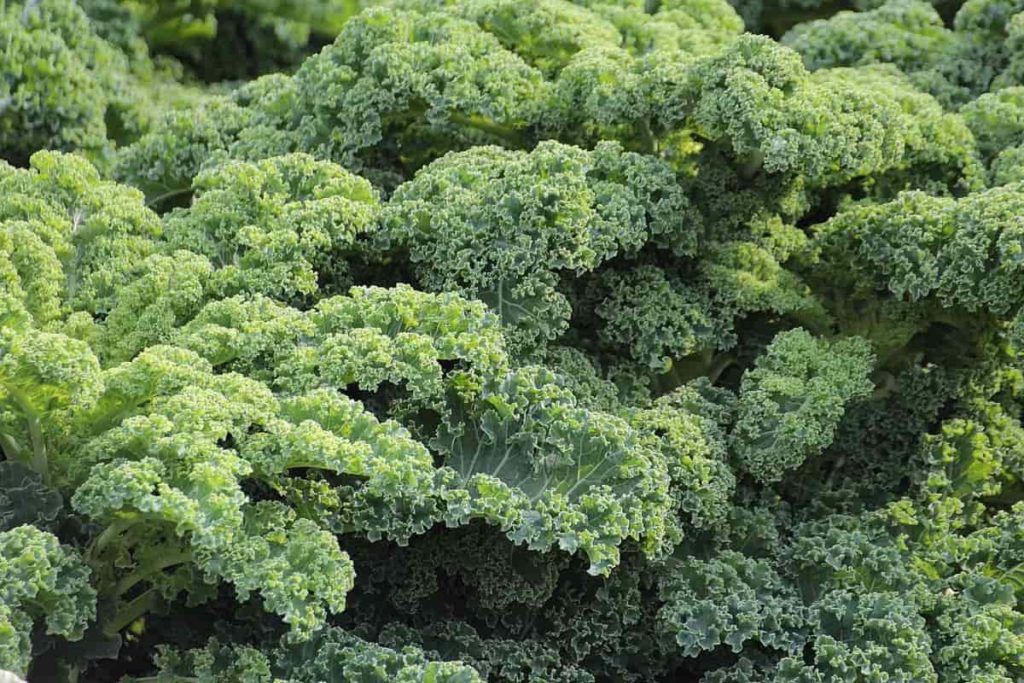
Broccoli and spinach, for example, are two crops that can be grown as late as September, but this will vary by region. Planting your crops later in the season means you’ll have fewer weeds and pests to contend with, meaning your harvest will be larger with less effort. When growing vegetables, choose a spot that will get medium to the moderate sun.
Plant your seeds in a cool, shady spot where they will get enough light to grow but will be protected from the scorching heat of summer. To maximize nutrient absorption by your vegetables, use properly amended soil and water in the evenings. If you see the temperature increasing over usual, don’t be afraid to take cover for your crops.
Spring gardening in Connecticut state
Growing your vegetables doesn’t have to wait for soil to thaw; you may get a jump start by planting seeds inside containers. Depending on the climate, you can plant shrubs and perennials before the season’s official start. Annuals that can tolerate colder temperatures, like pansies and snapdragons, and the more patient flowers bloom later in the season are wonderful places to begin. Just remember to hold off on working in the flower beds until after the final frost of the season.
Some people may tell you they always begin following Mother’s Day. Beans, cauli, celery, corn, beets, parsnip, pepper, potato, squash, broccoli, cabbage, lettuce, swiss chard, tomato, and most herbs are ideal for planting in your garden in April. Beans, pepper, eggplant, kale, celery, corn, cucumber, broccoli, carrot, beets, parsnip, Swiss chard, cabbage, lettuce, okra, potatoes, onion, pumpkin, and turnips are some of the finest vegetables to grow in your garden in the month of May.
Fall gardening in Connecticut
Plant some spring bulbs like tulips and daffodils in the autumn to enjoy a colorful yard in the spring and summer. If you want to plant trees or bushes, autumn is a perfect time. Autumn rain aids in the establishment of a stronger root system, and the milder temperatures are far more kind on the trees and bushes than the scorching summer sun. Plant your bulbs four to six weeks before your first expected frost.
However, if that is not an option for you, you can still plant some bulbs and trees so long as the ground is not completely frozen over. Is the ground covered with snow? Sidestep it with a quick brush. As soon as you see that your shovel is making little progress, it’s time to call it a day. Getting ready for autumn planting means removing any dead or dying plants. In early August, you can still get in a late planting of bush beans.
Fast-germinating and heat-tolerant greens include Swiss chard, kale, and collards. However, it’s best to hold off planting leafy greens, spinach, and radishes until the end of the month of August. They germinate best on somewhat colder soils. Fall harvests are perfect for colorful snow peas like the purple Shiraz and the yellow Golden Sweet. Immature flat pods can be picked for use in stir-fries or salads even if an early frost is forecast for the hills.
Amend the soil with compost and eliminate the weeds before you plant. Due to their vulnerability, freshly germinated seedlings need frequent watering during hot, dry periods. Watch for mice, rats, rabbits, and flea beetles. Mosquito netting, or a floating row cover weighted down with boards or stones, is the simplest method for preventing these pests from damaging your garden. Doing so will deter pests and provide the young plants with protection from the sun.
In case you missed it: Onion Farming in Tamilnadu: A Helpful Production Guide for Beginners
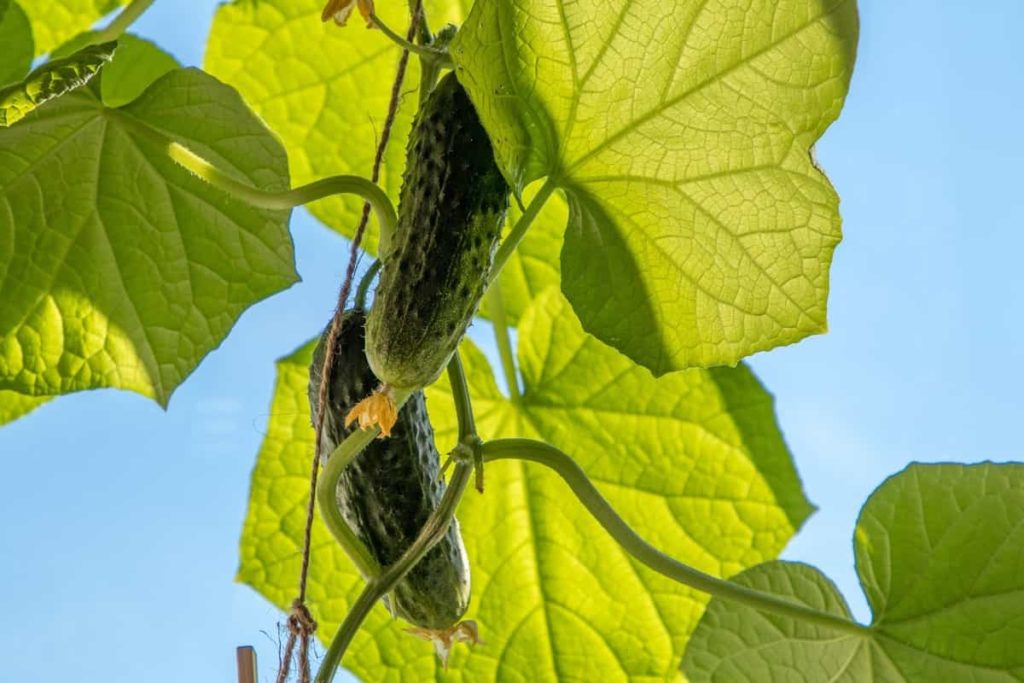
Winter gardening in Connecticut
The snow is a strong insulator, shielding plants from the wind and cold. However, things might become dangerous if the snow gets too thick. Snow and ice can cause harm to shrubs and trees if they accumulate to an unhealthy degree. Most people have seen much damage like this, and the only thing you can do is shake off as much snow as possible. Snow mold on lawns and tunneling rats looking for the young bark of fruit and ornamental trees are two examples of the issues that can arise from snow cover, but the advantages considerably outweigh them.
End of the month, temperatures will reach 8-10 degrees Fahrenheit above average, and although we can still anticipate more snow, winter is finished, and spring is starting to show its brighter side. Meanwhile, this is the month to get down to starting seeds and tending to young plants that will ultimately be transplanted into the open garden.
Seeds for cool-season vegetables, including kale, Swiss chard, English peas, radishes, and carrots, can be planted now. Some other cool-season veggies you can get as transplants include Brussels sprouts, broccoli, and cauliflower. In addition, herb transplants can be found at garden centers this time of year. Get some oregano, parsley, thyme, sage, lavender, and tough rosemary to plant in pots and vegetable gardens for the cold season.
Winter annuals can be planted in the ground and forgotten about until spring. The selection at garden centers should include options that can withstand frost. Flowers like dusty miller, violas, pansies, kale, and cabbage bloom well in cool temperatures. Other brightly colored flowers that can hold their own in pots or gardens include Mimulus, fascia, nemesia, painted tongue, and snapdragon.
Connecticut vegetable planting calendar
| Vegetables | Zone 5 | Zone 6 | Zone 7 |
| Beans | Mid May to Sep | May to mid-Oct | Apr to mid-Oct |
| Beets | Apr to June mid-July to mid-Oct | Mid Mar to June mid-July to mid-Oct | Mar to May Aug to Oct |
| Broccoli | Mid Mar to June July to Oct | Mar to mid-June mid-July to Oct | Mid Feb to May Aug to mid-Nov |
| Brussel Sprouts | Apr to Oct | May to Oct | Mid Apr to mid-Sep |
| Cabbage | Mid Apr to Oct | May to Oct | Mar to mid-June mid-July to Oct |
| Carrots | Apr to Jun Aug to mid-Oct | Apr to June Aug to Oct | Mar to mid-June Aug to Oct |
| Cauliflowers | Mid Apr to mid-Oct | Mar to mid-June | Mid Feb to May Aug to mid-Nov |
| Corn | Mid-May to mid-Sep | May to Sep | May to Aug |
| Cucumber | Mid-May to mid-Sep | May to Sep | May to Aug |
| Kale | Apr to June mid-July to Oct | Mid-Mar to mid-June Aug to mid Nov | Mar to May Aug to mid Nov |
| Lettuce | Mid Apr to June mid-July to mid-Oct | Mid Mar to mid-June Aug to Oct | Mar to May Aug to Oct |
| Onions | Apr to Sep | Mid- Mar to Aug | Mar to Aug |
| Peas | Apr to June mid-July to mid-Oct | Mid Mar to May Aug to Oct | Mid Feb to mid-May mid-Aug to mid-Nov |
| Peppers | Apr to Sep | Mid Mar to Sep | Mar to Sep |
| Spinach | Apr to June mid-July to oct | Mar to June mid-July to oct | Mar to June Aug to mid-Nov |
| Squash | Mid May to Sep | May to Sep | May to mid-Oct |
| Tomato | Apr to Sep | Mid Mar to Sep | Mar to Sep |
In case you missed it: North Carolina Vegetable Planting Calendar (NC): Month Wise, Fall, Winter, Spring, Summer, Zone 5, Zone 6, Zone 7, and Zone 8
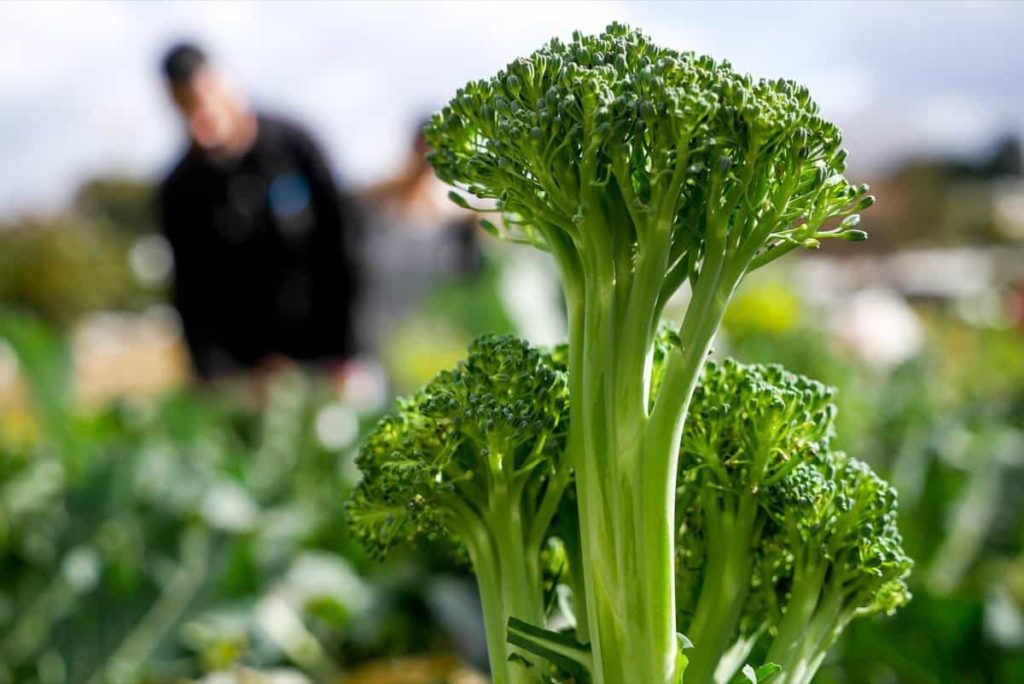
Conclusion
Establishing a regular schedule can help you maintain a lovely garden. Without a plan, weeds and pests can swiftly take over your garden. Dedicate a certain amount of time each week to gardening in CT, and see that time as valuable. Focusing on and keeping tabs on your garden’s progress can help you become a better gardener overall.
Whether you grow in Connecticut to supplement your nutrition, enhance your home’s aesthetic value, or just enjoy the therapeutic benefits of spending time in nature, gardening is a great way to go outside and exercise during the warmer months. Start your new hobby off right by planning out your first garden now. If you live in the following towns, cities, and counties of Connecticut (CT) of Zone 5, Zone 6, and Zone 7 in the United States, this article may be helpful to understand the vegetable planting calendar, month-wise chart along with planting seasons.
| Hartford | Farmington |
| New Haven | Glastonbury |
| Stamford | Ridgefield |
| Bridgeport | East Hartford |
| Danbury | Trumbull |
| Waterbury | Windsor |
| Norwalk | Torrington |
| Milford | West Haven |
| Greenwich | Southbury |
| Fairfield | Madison |
| Manchester | Guilford |
| Meriden | Darien |
| New London | Vernon |
| Middletown | Newington |
| Bristol | Watertown |
| Groton | Simsbury |
| Hamden | North Haven |
| New Britain | Newtown borough |
| Shelton | Old Saybrook |
| Southington | Naugatuck |
| Westport | Wethersfield |
| Wallingford | New Milford |
| Enfield | Monroe |
| West Hartford | North Connecticut |
| Stratford | South Connecticut |
| South Windsor | East Connecticut |
| Norwich | West Connecticut |
| Branford | Central Connecticut |
- Profitable Village Farming Business Ideas in 2024
- High-Yield Aquaculture: Fast-Growing Fish for Farming
- Effective Fish Pond Construction Techniques for Beginners
- Irrigation and Water Management in Pineapple Farming
- Blossom to Harvest: Mastering Flowering and Pollination in Papaya Farming
- Pig Fattening Essentials: From Selection to Sale for Beginners
- Raising Wagyu Cattle: A Complete Guide for Premium Beef Production
- Soil Types and Their Water Holding Capacity
- Optimizing Irrigation Schedules for Coconut Groves for Enhanced Yield
- Espresso Your Garden: Coffee Grounds for Healthier Acid-Loving Plants
- The Best Soil Mix for Snake Plants: How to Mix Your Own Snake Plant Soil
- Green Thumb Success: Expert Tips for Cultivating Greenhouse Beans All Year Round
- Bloom All Year Round: The Ultimate Guide to Indoor Hyacinth Care
- Eco-Friendly Gardening: How to Make Liquid Fertilizer from Kitchen Waste
- Ultimate Guide to Grow Anise in Pots: Explore Seed Propagation to Harvesting
- Guide to Raising Chester White Pigs: Discover Breed Facts to Growth Management
- Mastering the Elegance: The Ultimate Guide to Weeping Cherry Tree Care, Planting, and Maintenance
- Ultimate Guide to Planting Garlic in Grow Bags: Growing Strategies for Beginners
- How to Fix Spider Plant Leaf-Related Problems: Natural and Organic Remedies
- 10 Reasons Why Your Tulsi Plant is Shedding Leaves: Home Remedies and Solutions
- Optimizing Growth and Yield: The Advantages of Palm Bunch Ash Fertilizer
- Utilizing Neem Oil Extract as a Natural Pesticide for Hydrangea
- From Soil to Harvest: Various Ways in Which Farmers Can Use AI Tools
- Steps to Encourage and Induce Citrus Flowers: A Comprehensive Guide
- How to Fix Snake Plant Leaf-Related Issues: Natural and Organic Remedies
- Transform Your Garden into a Fragrant Oasis with Raat Ki Rani (Night Blooming Jasmine)
- Discover the Ideal Chicken Breeds for Philippine Farms
- How to Create a Poultry Egg Farm Business Plan for Profits
- Grow Lemon Cucumbers Like a Pro: Insider Techniques for Bountiful Yields
- Ultimate Guide to Caring for Your Pink Princess Philodendron: Tips for Thriving Variegation
- Areca Nut Profit Per Acre: Calculating Yield and Cost of Cultivation
- How Kaveri Chicken is Becoming a More Profitable Breed in Indian Backyards
- Transform Your Barn: 9 Steps to Convert a Horse Stall into a Chicken Coop
- Exploring Suffolk Sheep Disadvantages with Limitations and Challenges
- Guide to Solving Potted Lemon Tree Problems: How to Revive Lemon Tree in Containers
- Steps to Encourage Female Pumpkin Flowers: Best Strategies for More Flowers and High Yields
